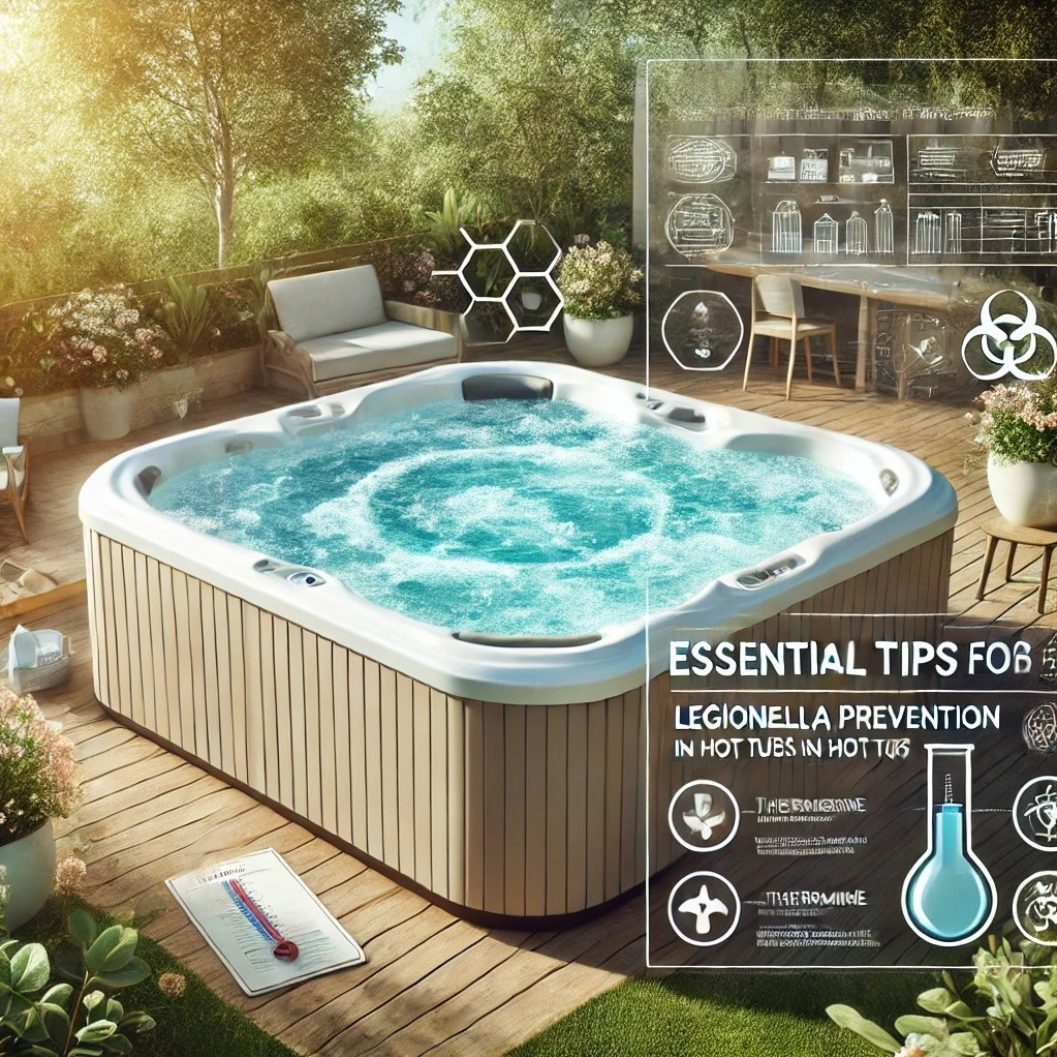Hot Tub Chlorine Guide
Hot Tub Chlorine Guide: Dosage, pH Balance, and Maintenance Tips for Crystal Clear Water
Maintaining your hot tub’s water quality is essential for ensuring clean, safe, and enjoyable use. Whether you’re a first-time hot tub owner or a seasoned pro, understanding how to properly dose chlorine, balance pH, and perform regular maintenance can significantly extend the life of your hot tub while keeping the water safe for users.
Understanding Chlorine Dosage for a Hot Tub
Chlorine is one of the most effective sanitizers for killing bacteria and keeping your hot tub water clean. It typically comes in two main forms: granules and tablets. Both have their own advantages depending on your needs and maintenance style.
1. Chlorine Granules: Different Qualities and Chemical Composition
Chlorine granules come in different qualities, which affect their performance and how they interact with your hot tub water. The key differences are typically in their chemical composition:
- Sodium Dichlor: This is the most common type of chlorine granule used in hot tubs. It’s pH-neutral, meaning it won’t drastically alter your water’s pH levels. Sodium dichlor dissolves quickly and works immediately, making it ideal for fast adjustments(hottubsrock)(WhatSpa?).
- Calcium Hypochlorite: Some lower-quality granules may contain calcium hypochlorite, which is less desirable for hot tubs because it can raise calcium levels and cause scaling on surfaces over time. This can make your hot tub harder to maintain in the long run(Pool Pro UK).
- Enhanced Granules with Clarifiers: Some granules come with added clarifiers, which help keep your water looking clear by removing small particles that can cause cloudiness. These products can reduce the need for additional clarifying chemicals, making water maintenance simpler(Pool Pro UK).
2. Chlorine Tablets: Types and Added Benefits
Chlorine tablets also come in various types, offering different levels of functionality beyond just sanitising the water:
- Standard Chlorine Tablets: These are made of trichlor (trichloroisocyanuric acid), which dissolves slowly over time. They have a higher chlorine concentration than granules, usually around 90%, but are more acidic. Regular use can lower the pH, so frequent pH balancing is needed(hottubsrock)(WhatSpa?).
- Multi-function Chlorine Tablets: Some tablets come with added chemicals like clarifiers and pH buffers. These not only sanitise the water but also help prevent cloudiness and balance the pH, reducing the need for additional chemical treatments. This is particularly useful for new hot tub owners who want a more simplified maintenance routine(WhatSpa?)(Pool Pro UK).
Combination of Granules and Tablets
Many hot tub owners find it beneficial to combine granules and tablets for optimal chlorine management:
- Tablets keep a steady baseline chlorine level, slowly dissolving in the water.
- Granules are added after testing to quickly raise chlorine levels, particularly after high usage.
For example, if four people use the hot tub for one hour, the chlorine demand may increase by 4 ppm. You can add 4 teaspoons of granules to raise the chlorine to a safe level(
hottubsrock)(
WhatSpa?).
How Often Should You Add Chlorine?
- Granules: Check chlorine levels 2-3 times a week and adjust as needed. Add granules when the chlorine level drops below 3 ppm.
- Tablets: These last 5-7 days but should still be monitored regularly. Add more tablets once they have dissolved(Pool Pro UK)(WhatSpa?).
Additionally, after each use of the hot tub, it’s good practice to increase the chlorine dose by 1 ppm for every person per hour to maintain sanitisation(
hottubsrock)(
Balancing pH for Optimal Chlorine Effectiveness
The effectiveness of chlorine is closely tied to your water’s pH balance. Chlorine works best in a pH range of 7.2-7.6. If the pH is too high or too low, the chlorine may either be too weak to kill bacteria or too harsh, leading to skin irritation.
- Too low pH (<7.2): The water becomes acidic, reducing chlorine’s effectiveness and increasing wear on the hot tub components.
- Too high pH (>7.6): Chlorine loses its sanitising ability, meaning more is required to maintain clean water(Pool Pro UK)(WhatSpa?).
Adjusting pH Levels
- To lower pH: Add a pH decreaser (such as sodium bisulfate) following the manufacturer’s instructions.
- To raise pH: Use a pH increaser (such as sodium carbonate).
- Always allow at least 30 minutes for water circulation after adjusting pH before retesting(hottubsrock).
Can You Use Chlorine and Bromine Together?
It is not recommended to use chlorine and bromine together in the same hot tub. Both are sanitizers, but they react differently. Mixing them can result in reduced effectiveness, potentially leading to poor sanitisation and water safety(
hottubsrock). If you want to switch from one to the other, you should completely drain and clean the hot tub to avoid cross-contamination.
How Long Does Chlorine Last?
- Chlorine tablets typically last for 5-7 days, slowly dissolving in the water.
- Chlorine granules, though fast-acting, dissipate more quickly and need to be added more frequently, often every few days depending on the usage(Pool Pro UK)(WhatSpa?).
Shocking Your Hot Tub: Why and How
In addition to daily or weekly chlorine management, your hot tub needs weekly shock treatments to remove chloramines and restore clarity to the water:
- Chlorine shock burns off contaminants and helps the sanitizer regain its effectiveness.
- You can also use non-chlorine shock for quicker treatments, allowing you to use the tub the same day(WhatSpa?)(Pool Pro UK).
Internal and External Links:
For more detailed guidance on hot tub care, check out our Complete Hot Tub Maintenance Guide or learn about the Best Chemicals for Hot Tub Cleaning.
For external resources on chlorine and water care, you might find the WhatSpa? Hot Tub Maintenance Tips helpful in maintaining your spa’s health(
By following this guide, you’ll maintain crystal clear, safe water in your hot tub, ensuring that your system runs efficiently and your family and friends enjoy a healthy soaking experience.


